Eagerly awaiting the project
The information that the Government will submit to the National Assembly for consideration and approval of the investment policy for the Lao Cai - Hanoi - Hai Phong railway project (referred to as the project) at the 9th Extraordinary Session made Mr. Tran Duc Nghia, General Director of Delta International Joint Stock Company and Chairman of the Hanoi Logistics Association, hopeful that one day in the near future, "we can organize multimodal transport from Lao Cai station to Hanoi, Hai Phong, to the entire southern region and vice versa".
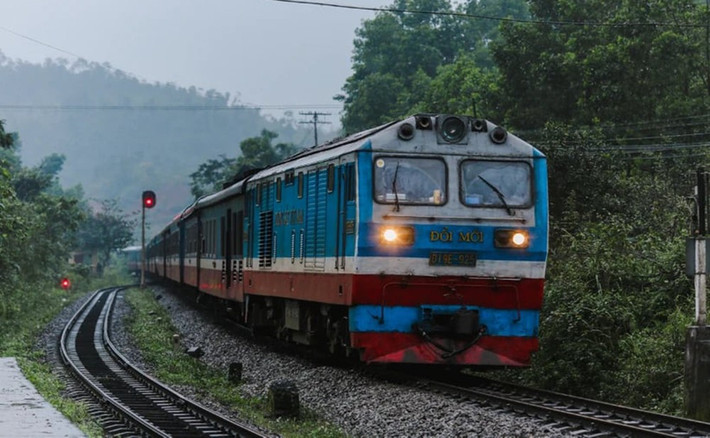 Illustration photo. Source: ITN
Illustration photo. Source: ITN
“This is the most important significance of this project, and will reduce logistics costs, especially for agricultural products; not to mention the railway line combining both passenger and cargo transport will promote tourism, creating conditions for socio -economic development for northern localities, especially Lao Cai province,” said Mr. Nghia.
China is currently the largest consumer market for Vietnamese fruits and vegetables, accounting for over 60% of the export market share. On the other hand, Vietnam also imports a large amount of fruits and vegetables from China. However, high logistics costs and long road transportation times directly affect the quality of goods and are cutting into businesses' profits.
According to Dang Phuc Nguyen, General Secretary of the Vietnam Fruit and Vegetable Association, currently, to transport a container of fruits and vegetables by road from the South to the North for export to China, the cost is about 70 million VND with about 50 hours of driving. In the future, when the North-South high-speed railway comes into operation, along with the Lao Cai - Hanoi - Hai Phong railway, "it will certainly help reduce the time to transport goods in general, and fruits and vegetables in particular, to China by half compared to the present", Mr. Nguyen believes.
Along with the large volume of containers transported at one time, consuming less fuel, these railways also reduce transportation costs and ensure better freshness, which means increasing the competitiveness of Vietnamese fruits and vegetables compared to neighboring countries, contributing to realizing the goal of zero net emissions by 2050. In particular, according to Mr. Nguyen, the Lao Cai - Hanoi - Hai Phong railway project will connect all the way to Malaysia via Cambodia and Thailand, opening up more opportunities for Vietnamese goods to reach the international market with competitive logistics costs.
The enthusiasm of businesses for this railway line is understandable, in the context that logistics costs in our country are still quite high compared to the world average. According to the Vietnam Logistics Services Association, in 2021, logistics costs accounted for nearly 17% of the value of goods, while the world average was only 10.6%.
Need to carefully calculate investment periods
In the Pre-Feasibility Study Report submitted to the Prime Minister, the Ministry of Transport said that by 2050, the total transport demand on the Lao Cai - Hanoi - Hai Phong economic corridor will be about 397.1 million tons of goods and 334.2 million passengers. To restructure the transport market share, improve transport quality, and reduce logistics costs, railway transport will handle about 25.6 million tons of goods and 18.6 million passengers. However, the existing 1,000mm gauge railway has a small curve radius, a large slope, an average operating speed of 50km/h, cannot connect to intermodal transport, and has low competitiveness, only meeting about 4.1 million tons of goods and 3.8 million passengers. Therefore, it is necessary to invest in a new railway to meet the increasing transport demand on this corridor.
On the other hand, the investment in the construction of the project creates a construction market worth about 4.4 billion USD, estimated to create about 90,000 jobs during the construction period and about 2,500 permanent jobs during the operation and exploitation process. If the national railway system and urban railway are included, the construction market will be about 98.2 billion USD and millions of jobs. Together with the high-speed railway project on the North-South axis, this project is a premise for the development of the railway industry and supporting industries.
Accordingly, the project will start at the rail connection point across the border between the new Lao Cai station and Ha Khau Bac station (China), in Lao Cai city; the end point is at Lach Huyen wharf area, Hai Phong. The project has a total length of about 403.1km, passing through 9 provinces and cities (Lao Cai, Yen Bai, Phu Tho, Vinh Phuc, Hanoi, Bac Ninh, Hung Yen, Hai Duong, Hai Phong), with a total investment of nearly 195,000 billion VND (8 billion USD), in the form of public investment. Regarding the investment scale, a new electrified railway line, single track, 1,435mm gauge, will be built to transport both passengers and goods. The design speed of passenger trains will be less than 200km/h, and the design speed will be reduced for difficult sections; the section through the Hanoi hub area will have a design speed of 120km/h; the connecting sections and branch lines will have a design speed of 80km/h. The immediate investment is in information systems, signals and facilities to operate at speeds of 160km/h for passenger trains and 120km/h for freight trains.
Supporting the plan to build this railway line, Prof. Dr. Bui Xuan Phong, former Chairman of the Vietnam Railway Economics and Transport Association, said that the project will create connections with China and other countries in the region as well as to Europe, thereby promoting the country's socio-economic development. In particular, currently, the Hanoi - Hai Phong railway connecting the two growth poles only has an outdated 1,000mm gauge, and the transport capacity does not meet the requirements, so investment in the project is extremely necessary.
What makes Mr. Phong hesitant is that according to the plan of the Ministry of Transport, this route is proposed to be a double track, the first phase will be a single track. "Theoretically, based on calculations and forecasts of transport capacity, the Ministry proposes to build a single track in the first phase to avoid waste, then when transport demand increases, build a double track. However, technically, if we later exploit a single track and build a double track, it will be very complicated, because railways have their own characteristics, unlike roads where bypasses can be opened," Mr. Phong said, at the same time, he said that it is necessary to carefully calculate the investment phase.
Mobilizing a team of experts as well as domestic enterprises to participate in the project is also an issue that needs to be considered, to ensure maximum use of domestic resources, which is the basis for developing the railway industry in the future, the expert commented.
As expected, if the National Assembly approves the investment policy at the next session, the investment project will be approved and site clearance work will be carried out in the third quarter of 2025. It is expected that this railway line will be implemented from 2026 and basically completed in 2030. Acknowledging that "world experience shows that the above preparation time is difficult to implement", the Ministry of Transport proposed that during the implementation process, the Government consider allowing an increase in survey and design time and shortening the construction time to ensure the completion time in 2030 but with more time for research.
Source: https://daibieunhandan.vn/doanh-nghiep-dat-nhieu-ky-vong-vao-du-an-duong-sat-lao-cai-ha-noi-hai-phong-post404014.html


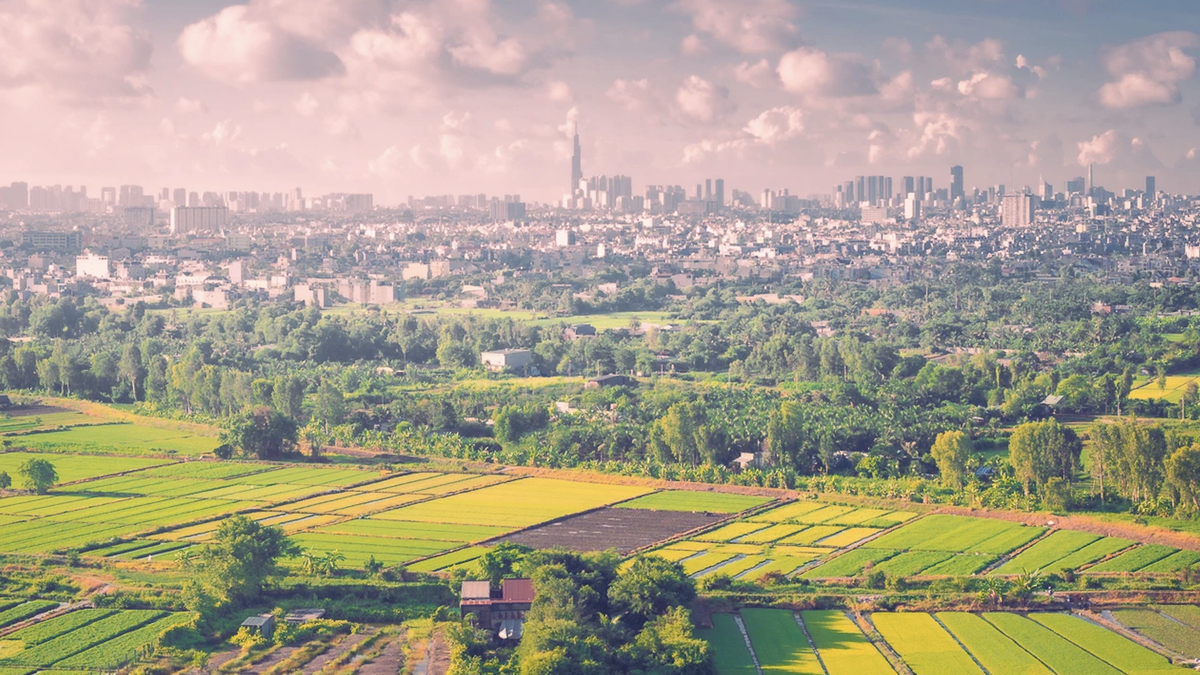


![[Photo] Welcoming ceremony for Prime Minister of the Kingdom of Thailand Paetongtarn Shinawatra on official visit to Vietnam](https://vphoto.vietnam.vn/thumb/1200x675/vietnam/resource/IMAGE/2025/5/16/cdd9e93739c54bb2858d76c3b203b437)
![[Photo] Prime Minister Pham Minh Chinh holds talks with Prime Minister of the Kingdom of Thailand Paetongtarn Shinawatra](https://vphoto.vietnam.vn/thumb/1200x675/vietnam/resource/IMAGE/2025/5/16/23b5dd1e595d429491a54e3c1548fb79)
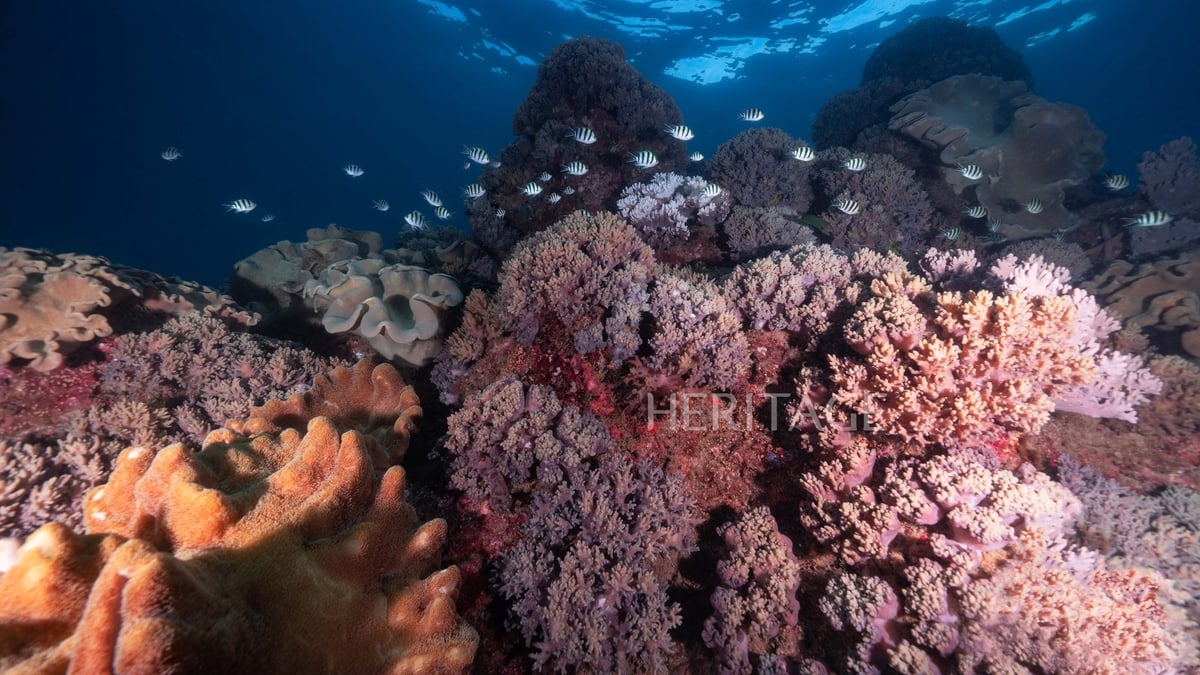






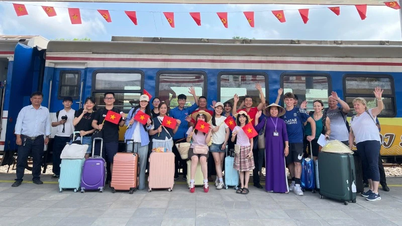



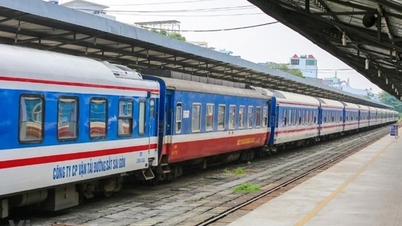

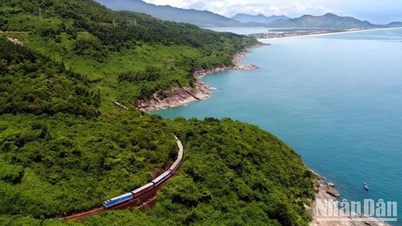
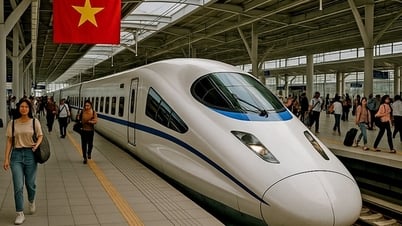
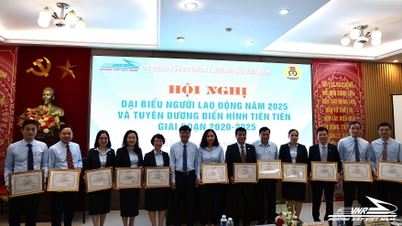


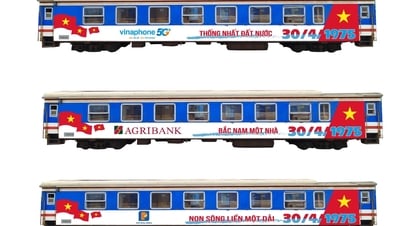






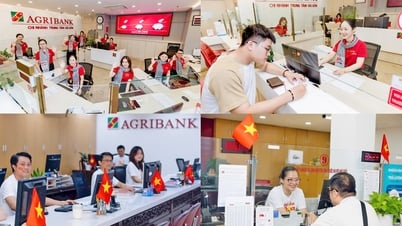

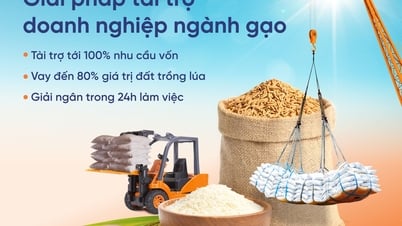






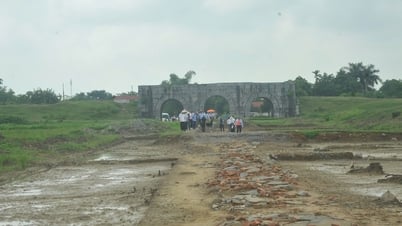





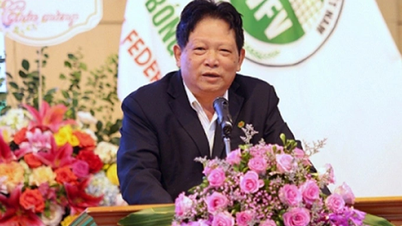








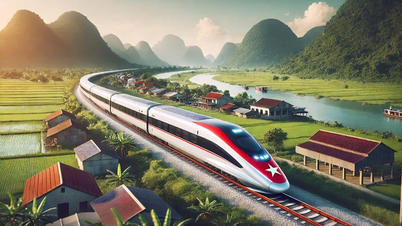




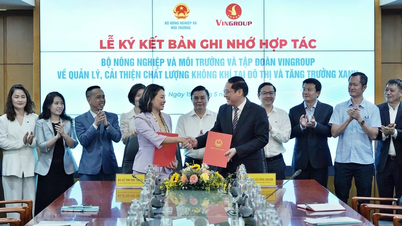




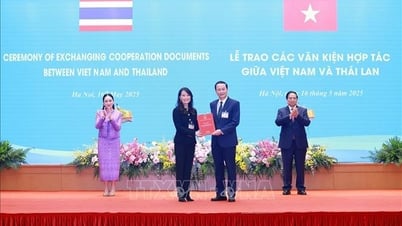


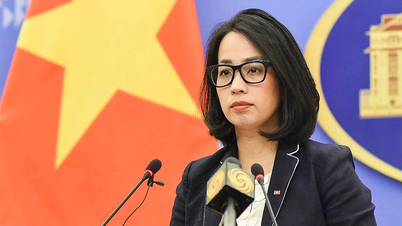


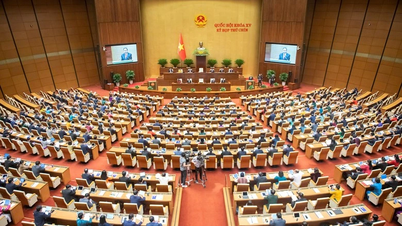
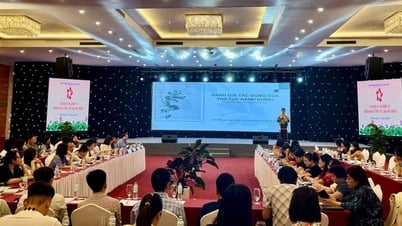

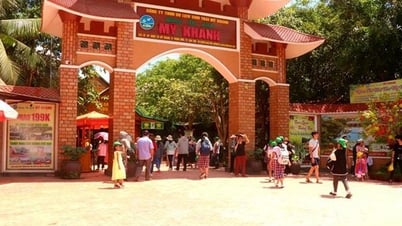





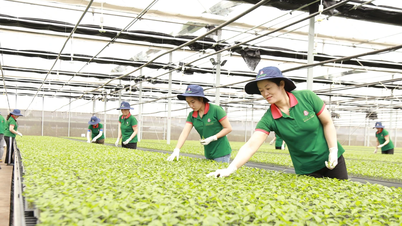

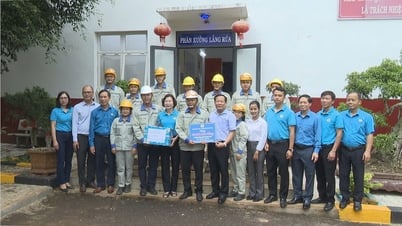



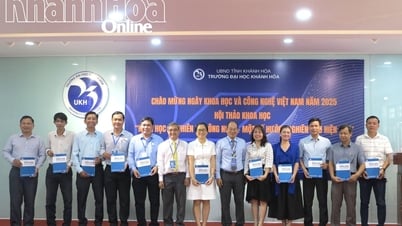



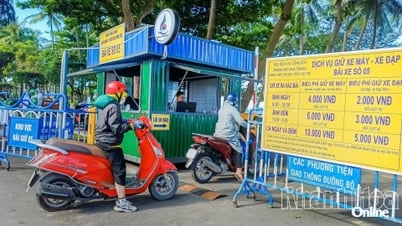
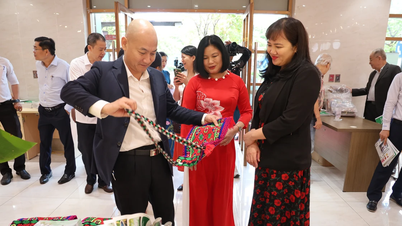
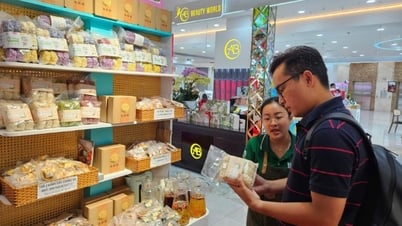


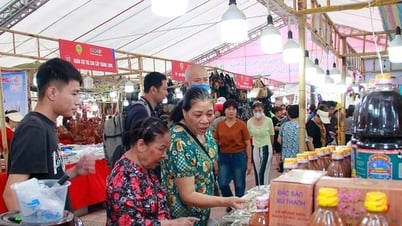



Comment (0)